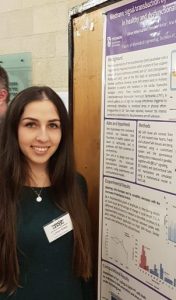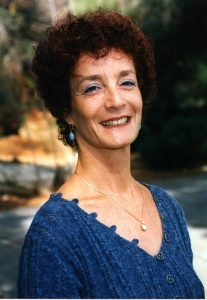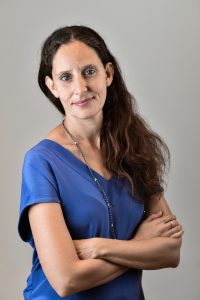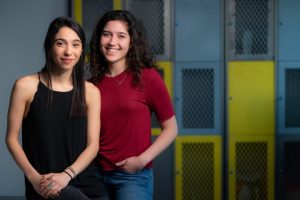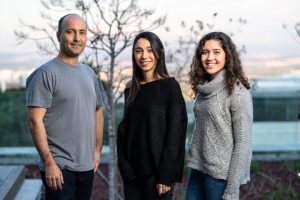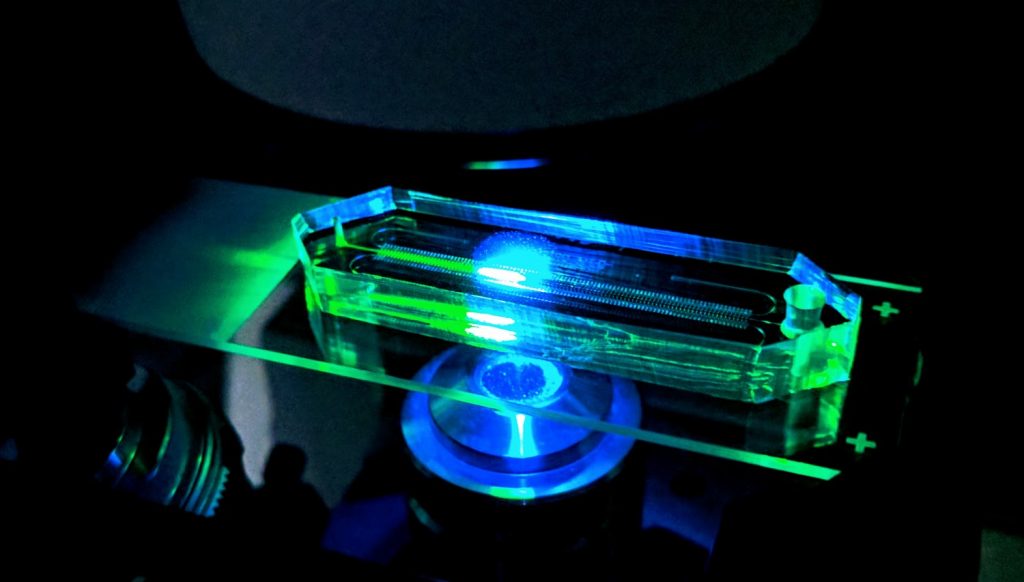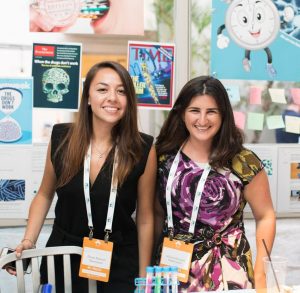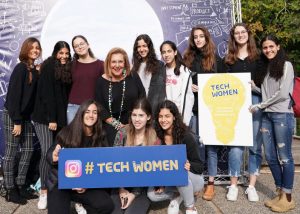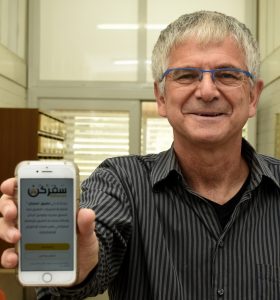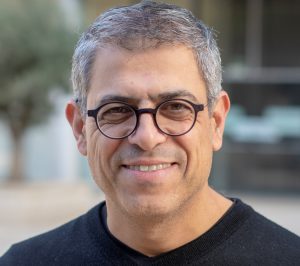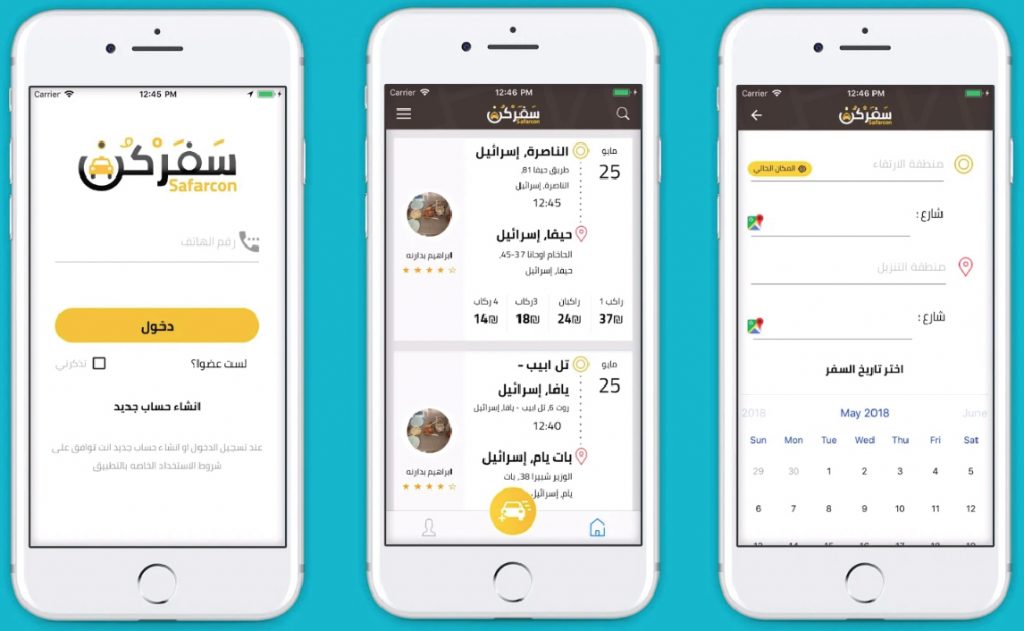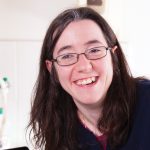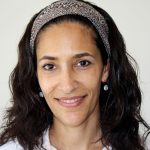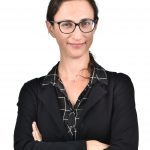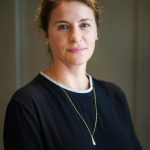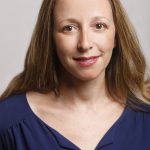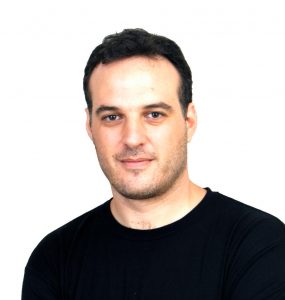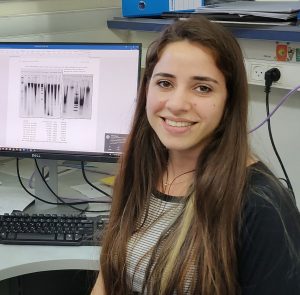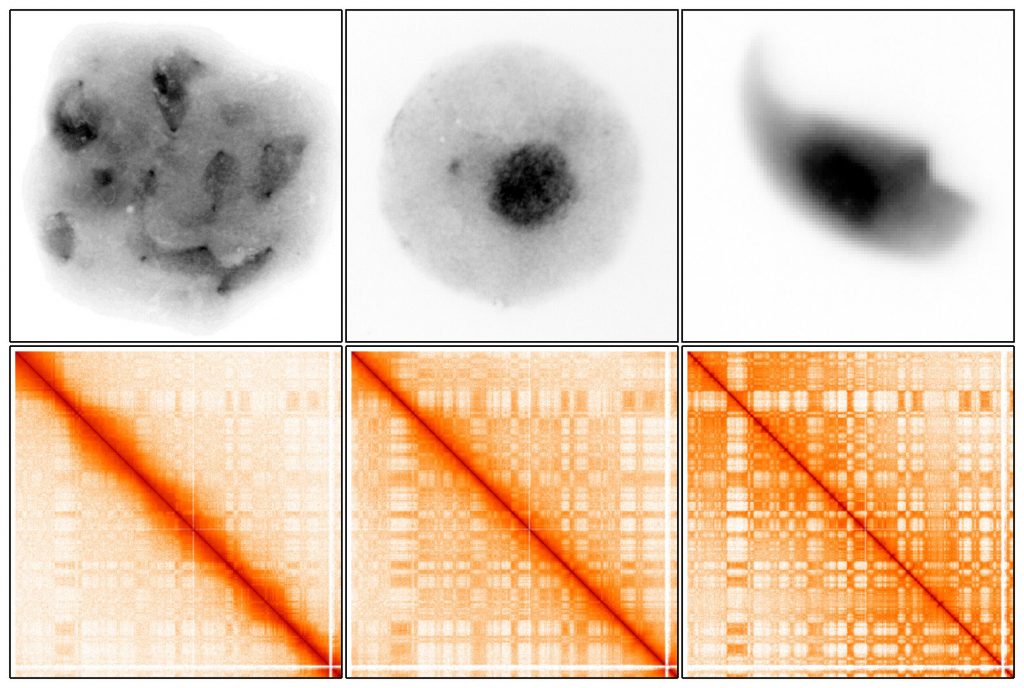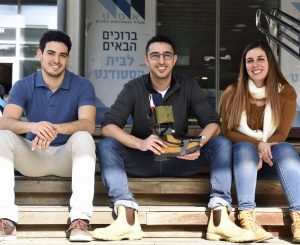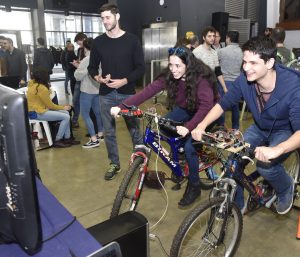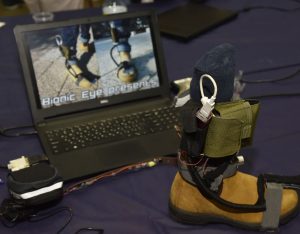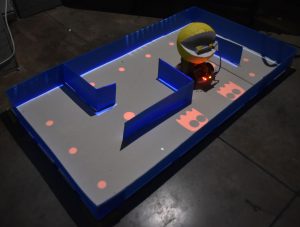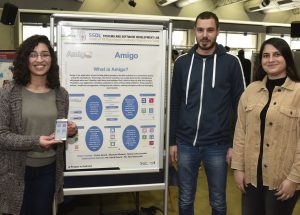Give the Hippopotamus Some Respect
Nature is always a profound inspiration, and the field of biomimicry – developing products inspired by nature – has now been officially established at the Ramat Gan Safari Zoo by doctoral student Michal Topaz of the Technion’s Faculty of Education in Science and Technology.
Sewing thread for surgical sutures inspired by porcupine spines; air conditioning systems based on the structure of termite colonies; and insect repellants and bacterial disinfectants based on hippopotamus sweat – all these are the products of bio-inspiration. On display at the Safari Zoo in Ramat Gan, they are just examples of the ingenuity of doctoral student Michal Topaz, who is part of the environmental education research group led by Prof. Tali Tal of the Faculty of Education in Science and Technology.
For the past 15 years, Topaz has worked in the Ramat Gan Safari’s education department. After completing her master’s degree in sociology and anthropology at Tel Aviv University, former Safari director Yehuda Bar told her about a new field of research called biomimicry. “Go and read about it,” he suggested, “and maybe we’ll do something with it.”
Topaz accepted the challenge and plunged into what she describes as a whole world of thinking that combines innovation, entrepreneurship and nature conservation. “Biomimicry is an interdisciplinary field that regards nature as a boundless source for applicable ideas and developments and solutions for existing human problems. Instead of asking how we can use nature, we ask what we can learn from it,” says Topaz.
“We imitate nature – and are inspired by its mechanisms, structures, processes, and biological and ecological principles – while deeply admiring nature and understanding that we have a lot to learn. This thinking provides significant additional justification for preserving nature,” she adds.
Based on extensive and in-depth learning, Topaz established the field of education for biomimicry at the Safari, making it into the only zoo in Europe to be engaged with the science of biomimicry. With the accumulating amount of knowledge and experience gained from training others, Topaz began her doctoral research on zoo-based adult science education in this field.
Activities such as courses, seminars, and workshops are offered in the Safari, just across from the animal courtyards. Through guided observations, creating games to enrich the animals’ environments and unmediated encounters with animals, participants learn about wildlife, apply critical and creative thinking and gain experience in biomimicry-inspired thinking in the zoo.
As one of the participants said: “It’s easier to be inspired by the giraffe’s tongue after it licks you – when you feel the roughness of its tongue – and by an elephant’s trunk after you plan, build and carry out a game meant for it to play using its trunk. We gain from learning from close up. This is experiential, near and exciting learning that also contributes to enriching the animals’ lives.”
The field of education of biomimicry brings a new kind of audienceto the zoo – visitors who usually don’t come to the Safari such as professionals from a variety of fields including medicine and aeronautics – and, of course, teens.
For example, what can wildlife tell is about aeronautics? An engineer came looking for ways to minimize the weight of the wings of an aircraft. Biomedical engineers come, seeking to learn about the structure of honeycombs in beehives. Turtle shell armor can be an inspiration to develop better stents for heart patients.
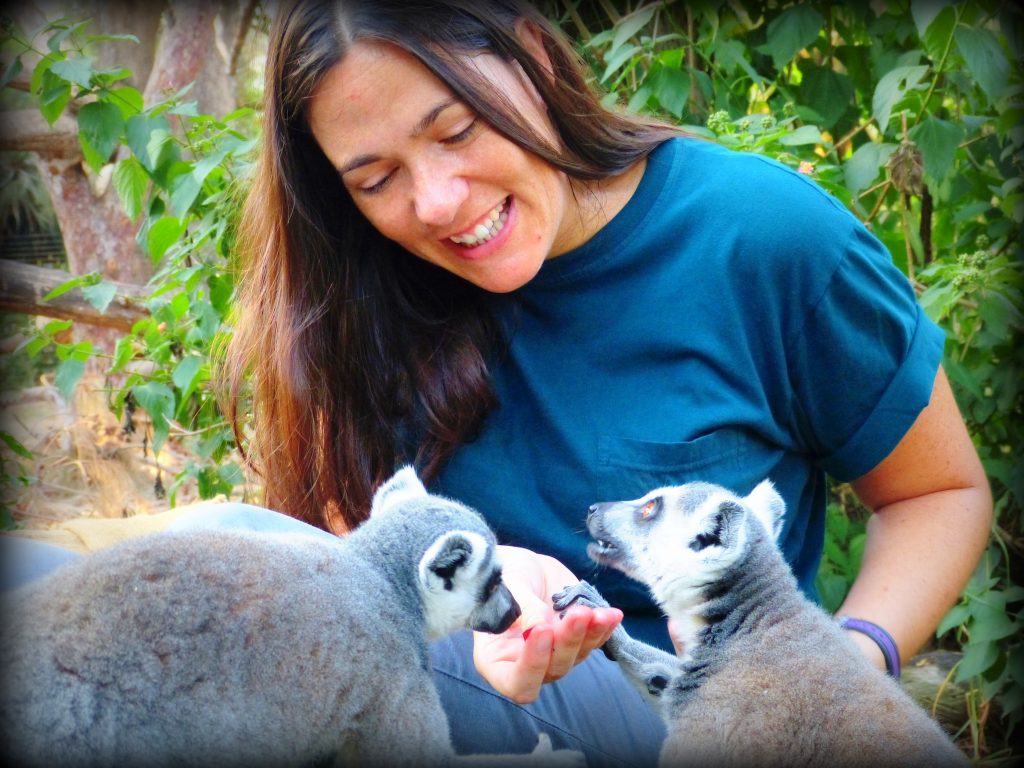
“We present a variety of technologies in various fields, such as surgical sutures by the quills of porcupines (for medical uses); the structure of a shopping mall that uses air conditioning based on the piles of earth of termites (architecture); and, of course, the robotic snake developed in the Technion lab of mechanical engineering led by Prof. Alon Wolf for medical use and search and rescue missions. We present these biomimicry developments in the context of science in everyday life. For example, a stick to help a blind person that is inspired by the sonar of bats, or an antibacterial insect repellant inspired by hippo sweat. Even Velcro, which we all use to attach and detach things easily, is based on biomimicry from the thorns of plants.”
Topaz notes that biomimicry is also used “to bring man closer to nature and especially to living creatures.”
In her research, Topaz examines the results of biomimicry activities in the zoo. “What each participant will take from the biomimicry course depends on his background and interests. A physician, an architect, an entrepreneur and a physiotherapist – each will take away something else. Some with focus on scientific or technological issues; others will learn from the environmental aspects behind the developments; while others would be interested in social issues connected to both topics.”
There is much importance in the personal history of the participants, their curiosity and interests and the know-how they bring with them. Like other extracurricular studies in Prof. Tal’s group, the research examines different aspects of learning among adults in unique educational conditions, which adds to a better understanding of the characteristics of science learning in an informal environment. This subject that has been studied very little around the world. In addition, biomimicry education programs – especially in the informal environment of the zoo – offer an innovative approach to environmental education.

